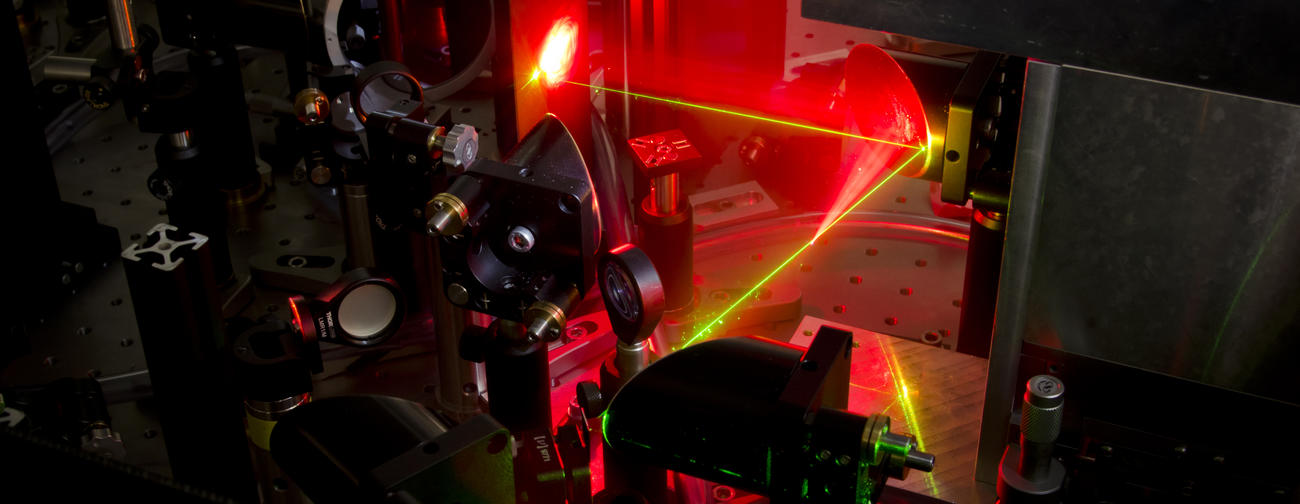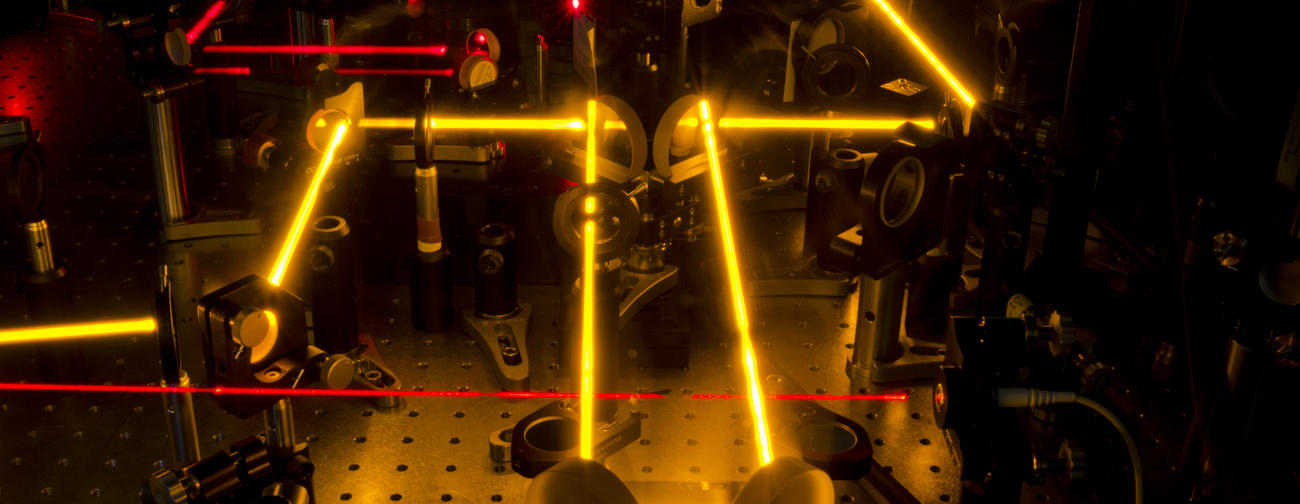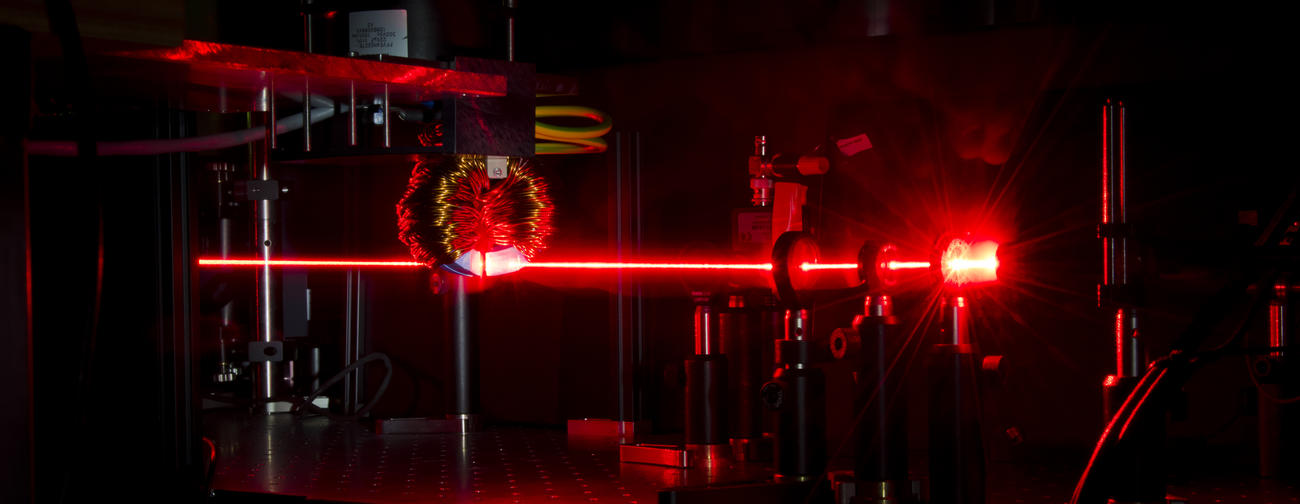About us
We study ultrafast phenomena in quantum materials. A strong focus lies on the angular momentum of electrons (spin+orbit) and of the crystal lattice. The associated processes often coincide with the femtosecond time scale and, thus, terahertz frequency scale.
Consequently, to study such extremely fast dynamics, we develop novel tools like ultrafast ampere-meters, ohm-meters and strong terahertz voltage sources. They greatly rely on femtosecond optical pulses and electromagnetic transients in the still elusive frequency range from 1 to 30 terahertz. To better understand our experimental results, we work out simple theoretical models.
Examples of important questions we address
- How can we write and read magnetic information based on angular momentum as fast as possible?
- How can we control the ultrafast transport of the spin and orbital angular momentum of electrons through nanostructures?
- How do lattice vibrations affect the angular momentum of electrons?
- How are dynamics modified close to interfaces?
A better understanding of the dynamics of quantum materials at their natural (terahertz) frequencies is highly relevant for future applications. The reason is that bit rates in information technology are gradually approaching the terahertz range, for instance, in wireless networks and field effect transistors. We also explore our results directly for applications in terahertz photonics, including the development of novel emitters, detectors and modulators of broadband terahertz radiation.
We participate in national and international research collaborations: the DFG-funded Collaborative Research Center/Transregio 227 on Ultrafast Spin Dynamics and SPP INTEREST-THz as well as the EU-funded projects T-SPINDEX and ORBITERA.




